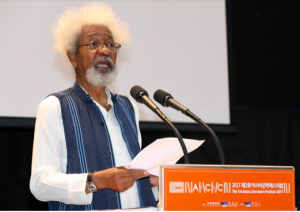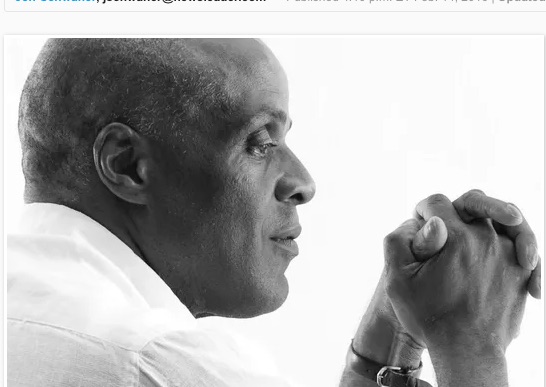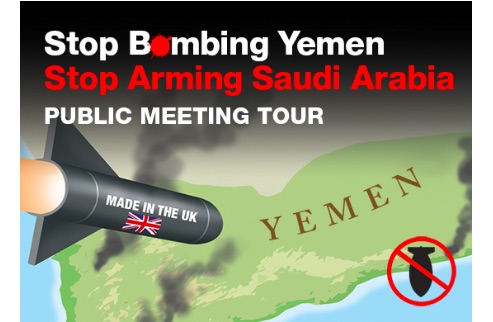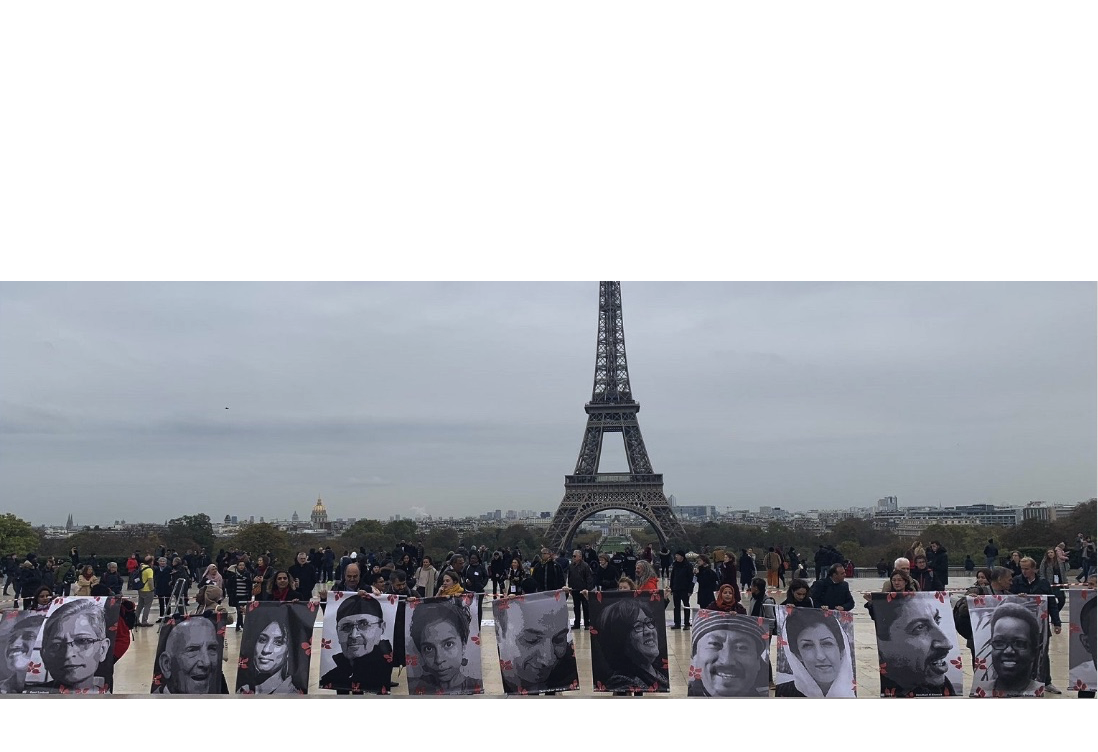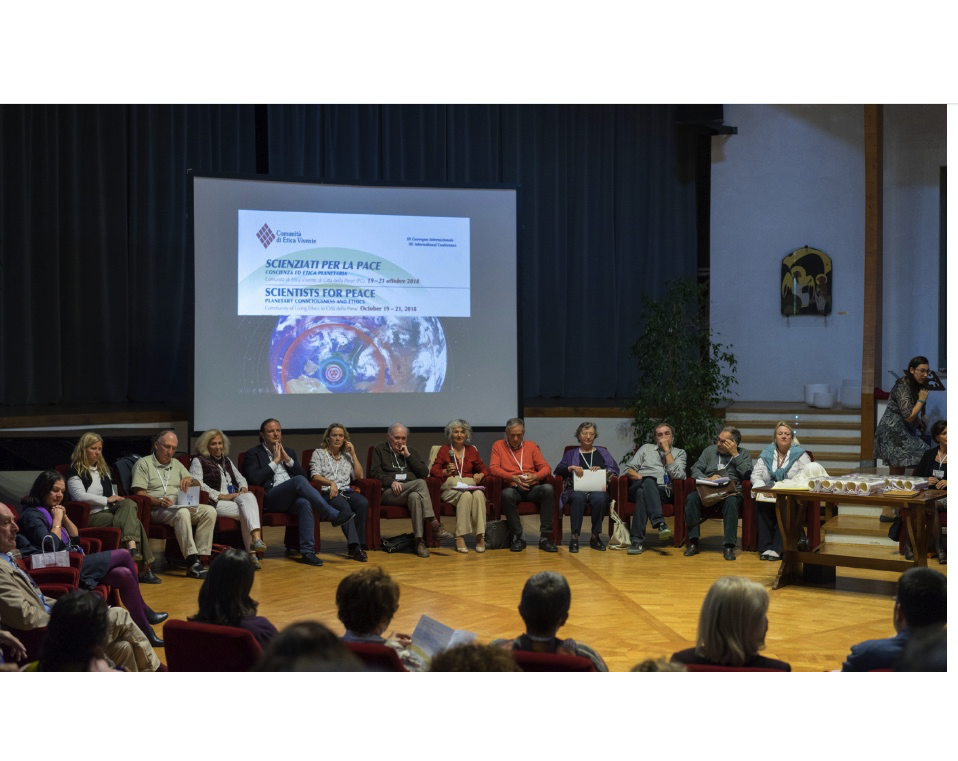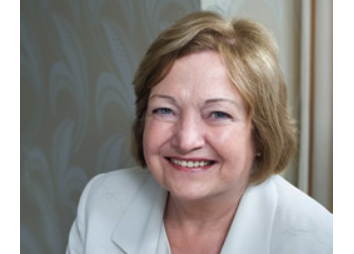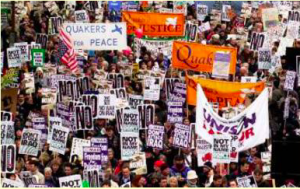
It has been argued that over the past century the control of information, especially through the mass media, has become the most important characteristic of the culture of war. Why?
It is because there has been such an advance over the past century in democratic participation that the modern state is forced to justify its culture of war. Since people in general do not want war, the state and its military-industrial complex must convince them that military preparations are necessary in the face of external enemies. This is a major change from earlier history when the state was not subject to election by the people and it could pursue its policies regardless of their attitudes.
In fact, we see that the mass media in countries with the most powerful military forces, such as the United States, are pro-military and continually publish propaganda against external enemies and give priority to news about unavoidable violence and disaster. They do not give place to peace initiatives.
If the commercial mass media will not give us news about peace demonstrations, how can we be sure to get it?
The answer is in the alternative media like CPNN that do not rely on advertising and support from the military-industrial-financial complex.
Here are comments in this regard from a recent meeting during Independent Media Week, now in its 13th year in Oregon.
Citing the “unprecedented antagonism of the Trump administration to media,” Jeff Golden, producer of “Immense Possibilities” on Southern Oregon Public TV, said our challenges didn’t start Jan. 20, because, years ago, much of the media abandoned its role in public service and became driven by profit.
This trend greatly increases the need for independent media, he notes, and much of it can flower on the internet.
“We’d be in much deeper trouble than we are now if not for independent media.”
(Click here for earlier discussion on this question.)
Austrian Censorship of Peace Conference Is An Outrage
More examples available of Russian opposition to the war against Ukraine
March 17: The struggle for free flow of information about the Russian war against Ukraine
Russian anti-war movement takes shape on the streets – and on screens
Russian regulator censors Ukraine war coverage, reporters told to toe Kremlin line
Over a Million Mobilize for International Women’s Day in Latin America
United States: Who Is Clare Grady and Why Should We Care that She is in Federal Prison?
USA: Patriots for Peace fighting the good fight
Launch of the Second World March for Peace and Nonviolence
The Americas are preparing for the second World March for Peace and Nonviolence
Peacecamp Steinwenden, Germany, 28 June
UK: Nationwide Public Meeting Tour: Stop Bombing Yemen, Stop Arming Saudi
Peace and disarmament on the streets of Germany
UK: Protests: Trump & May – No More Bombs on Syria, 13-16 April, Nationwide
Global Anti-war Protests Against US-led Aggression in Syria[
London: International Peace Congress April 7
United Kingdom: Thousands call for Britain’s nuclear deterrent Trident to be scrapped
Protest to Stop Western Intervention in Syria
International Conference: Confronting War Ten Years On
Thousands march in London for Gaza and freedom for Palestine
October 27 Anti-War Marches in US
